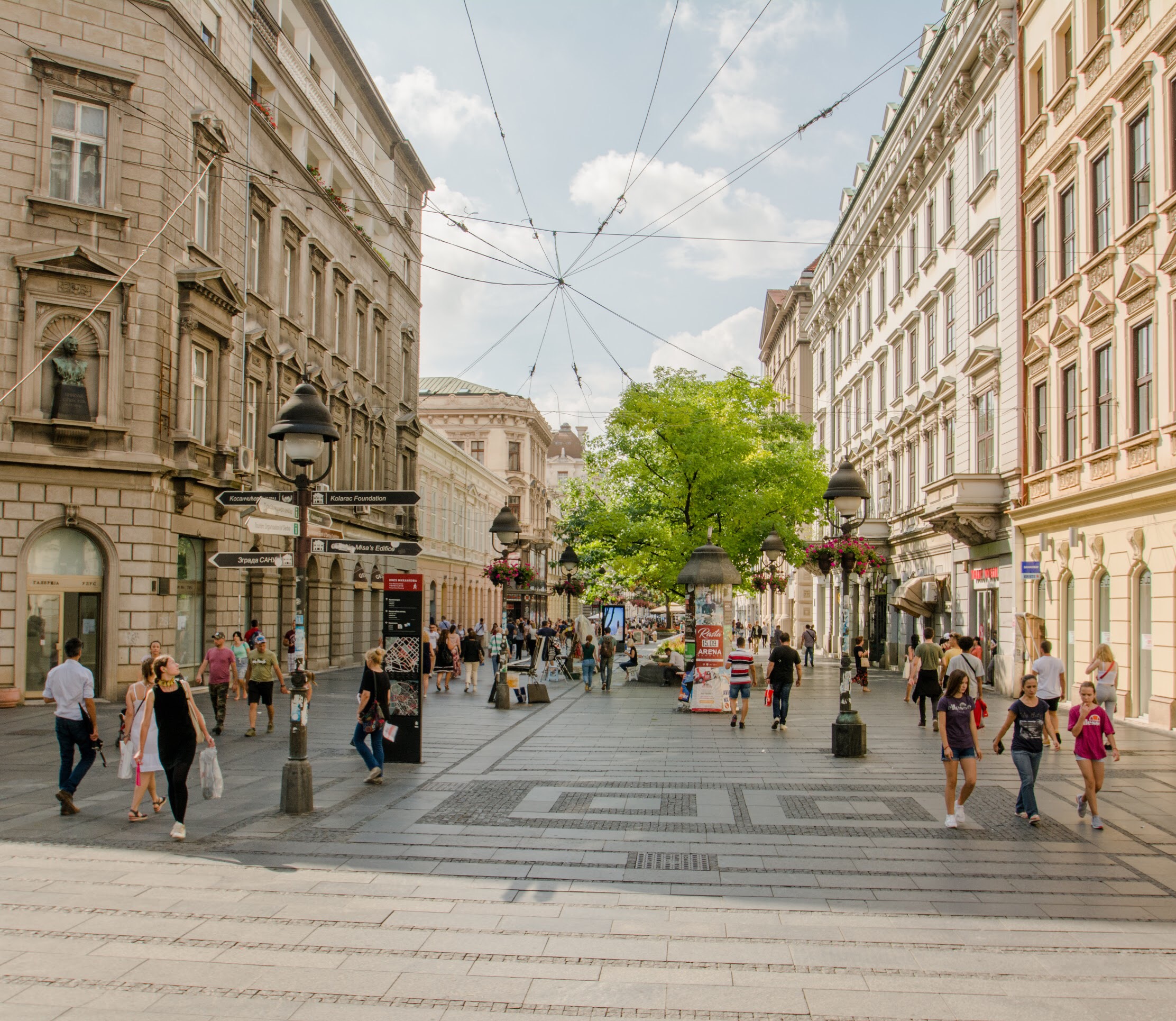
In American cities large and small, renters are paying increasingly handsome sums for housing. Are they getting their money’s worth?
Small and mid-sized American cities seldom provide the transportation options of their larger counterparts. A few cities in Europe show us that needs to change.
What exactly is suburban development, and how does it happen in a place like Central Florida? What are its present and future consequences?
Nearly a century after their decline as informal housing for the working poor, Washington, DC’s alleys are experiencing a resurgence of popularity.
Florida’s oldest city, St. Augustine harkens to a much different era of city building. The narrow streets in its historic center delight visitors with their European charm, reminding us just how popular places built for people are.
A 40-mile stretch of former railroad converted to a multiuse path, the Pinellas Trail spans many urban, suburban, and rural regions of Pinellas County on Florida’s west coast. Already utilized as a recreational amenity, what could make the trail an even better transportation amenity for the region?
The suburban experiment, a well-known phenomenon in Florida, results in enclaves of adjacent residential communities. These subdivisions may share property lines, but rarely do they share roads, sidewalks, or connectivity points.
The free portion of Florida’s Disney World, Disney Springs allures tourists and locals alike as a prime destination for high-end shopping, eating, a people-watching. A pedestrian-only area with a striking resemblance to an Italian village, Disney Springs attests to the popularity of people-centered design.
What happens when 80% of a country’s population lives in public housing?
Three months after embarking on The Homage Project emerges a deceptively simple question.
Thailand’s automotive industry is the largest in Southeast Asia, and car-oriented development has already reshaped much of the streetscape in cities like Bangkok. In motorbike-centric Vietnam, will history repeat itself or will active, human-scale streets prevail?
Four factors that help make the streets of Vietnam’s cities lively, dynamic, and fluid.
Many Vietnamese cities create “walking streets,” temporarily closing their major thoroughfares to motorized traffic and inviting pedestrians to take over. Has it worked?
How a popular aspect of Vietnamese architecture symbolizes incremental neighborhood development—and enhances the safety, vibrancy and resiliency of communities.
What happens when motorbikes—instead of cars—are the transportation mode of choice?
shopping malls and the future of the bangkok street
Bangkok, famous for hedonistic pleasures and boundless consumerism, has become a worldwide destination for shopping malls. Daily hordes of locals and tourists fill these air-conditioned complexes, some boasting eight stories and over 2,000 shops within a single structure. Much of the roadside square footage in Bangkok's newer districts is now dominated by retail plazas, many featuring pseudo-public greenspaces and common areas. As the character of the streetscape becomes increasingly defined by private retail entities, a question looms: Are private developers the new arbiters of the pedestrian realm?

















Hungry for great places?